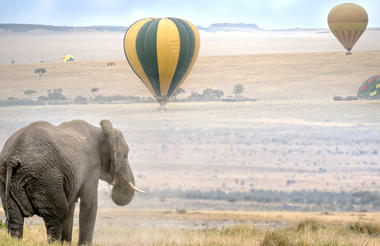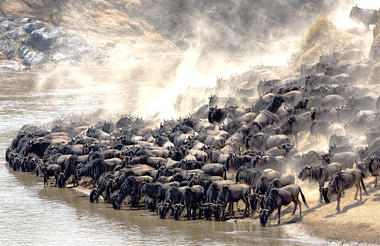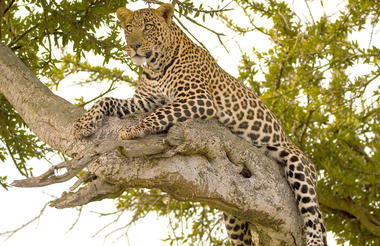Kenya is the most famous destination for safaris in the world for endless reasons, the scenery, the incredible opportunity for viewing all African wildlife in particular the ease in which to see the ‘Big 5’. It is still the best country for adventure travel in Africa; it offers high levels of service; it still offers 'Out of Africa' scenic beauty, diverse cultures and abundant wildlife.
Safari is however, by no means the only reason to visit Kenya, the coastline and tropical beaches are amongst the world’s most beautiful.
Name: The Republic of Kenya
Time Zone: GMT + 3
Capital City: Nairobi, meaning “place of cool waters” in the Maa language
Independence gained on: 12 December 1963 (from Great Britain)
National Language: Kiswahili
Official Language: English
Currency: Kenyan shilling (KES) and cents
Land Area: aprox.586,600km sq
Drives on the: Left
Country Code: + 254
Location
On the Equator on the eastern coast of Africa. Kenya is bordered by Tanzania to the south, Uganda to the west, Somalia and the Indian ocean to the east, Ethiopia to the north and Sudan to the northwest.
Population & People
The population is estimated at 43,500,000 as of 2013.
There are about 52 tribes in Kenya.
Vegetation & Special Natural Features
Kenya is home to the famous Masai Mara game reserve, Mount Kenya and Lake Victoria (the world's second-largest freshwater lake).
The Great Rift Valley, which runs from northern Syria in Southwest Asia to central Mozambique in East Africa, bisects the country from North to South and is dotted with lakes and extinct volcanoes, is one of Kenya's most fascinating physical features.
Kenya’s natural vegetation is diverse. Truly a ‘world within one country’. Tropical rainforests, sandy beaches, snow-capped mountains, desert, wide savannah plains teeming with wildlife, freshwater lakes and salt lakes.
Bordering the capital city of Nairobi, in beautiful Kenya, the Nairobi National Park is one of Africa's smallest parks and one of the only parks on earth to be in such close proximity to a city centre. It boasts a large and varied wildlife population, amid wide open grass plains against a backdrop of city scrapers. The park is home to one of Kenya's most successful rhinoceros sanctuaries with the world's highest concentration of black rhinoceros. Its wetland areas are abundant with birdlife boasting over 400 bird species. Visitors can enjoy the many facilities the park has to offer such as scenic picnic sites, well-positioned campsites, and hiking trails. Commonly spotted species include lion, hyena, warthog, zebra, giraffe, ostrich, gazelle, buffalo, and sometimes if you're lucky, leopard and cheetah.
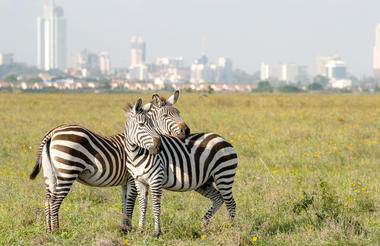
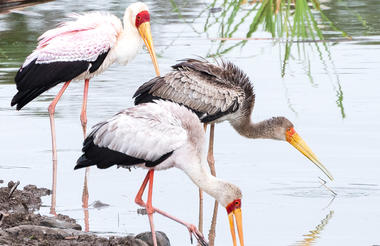
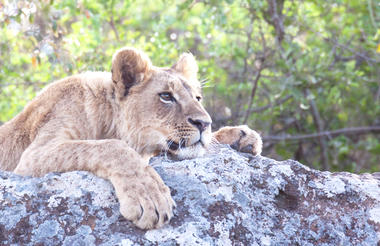
Set against the backdrop of Mt Kenya, Laikipia offers dramatic rocky scenery, open grasslands, basalt hills and dense forests, it is indeed physically diverse and holds the second largest density of wildlife in Kenya after the Masai Mara!
The majority of the conservation occurs on privately and community owned ranches centered round the Laikipia National Reserve. Many of the ranches run cattle as well as wildlife safaris and you can experience conservation that includes, rather than excludes, people going about their day to day lives. Many of the lodges are family homes and despite this domesticity the wildlife includes spectacular game like lion, leopard, buffalo and elephant; as well as terribly rare species such as the black rhino and Grevy’s zebra.
The private lodges in this area offer amazing activities as well as the usual game drives and walks i.e. horse, camel & quad-bike riding; river-swimming and fishing, kayaking, honey collecting etc.
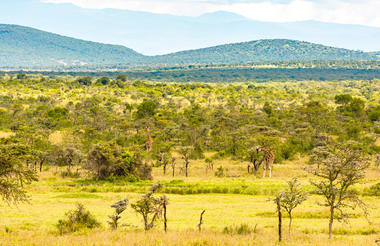
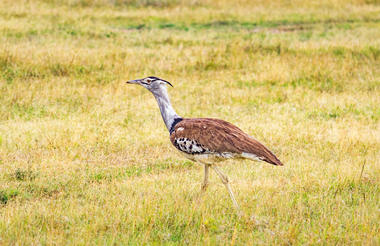
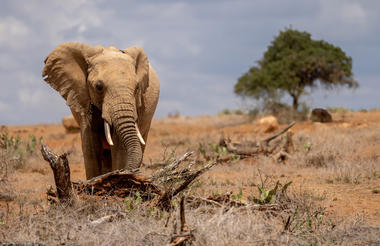
As previously described
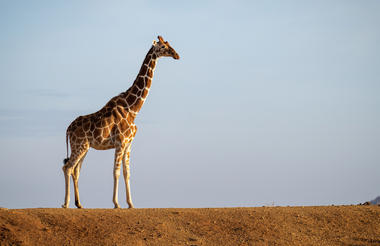
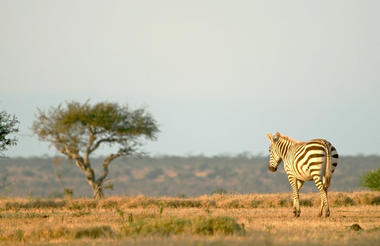
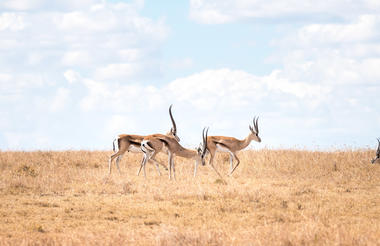
One of Kenya’s most iconic natural wonders, the Masai Mara National Reserve stretches across more than 1500 square kilometres in the country’s southwest. The park shelters a remarkable array of wildlife, including elephant, lion, leopard, and buffalo that roam its savannahs, while crocodile and hippopotamus inhabit the Mara River. Birdwatchers will delight in the presence of more than 450 resident species. Yet the true spectacle is the Great Migration, named one of the Seven New Wonders of the World. Each July to September, roughly 1.7 million wildebeest trek from the parched plains of Tanzania’s Serengeti to the greener grasslands of the Masai Mara, followed by zebra, antelope, and predators such as lion, hyena, and cheetah. The sight, sound, and raw energy of these vast herds are a once-in-a-lifetime experience for any traveller.
